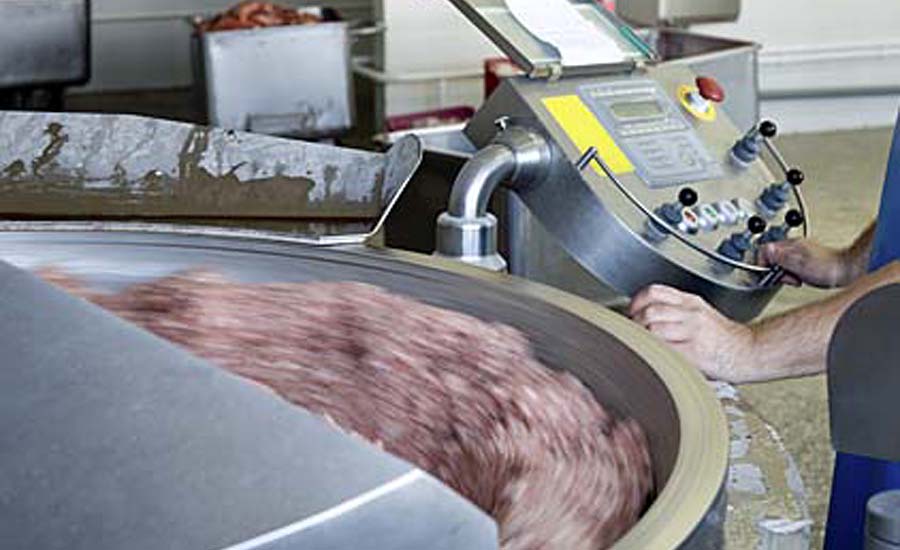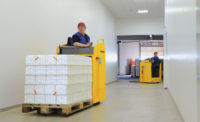U.S. manufacturers continue to invest in automation technologies, spurred on by competitive factors and supply chain pressures, according to a report published by MAPI (Manufacturers Alliance for Productivity and Innovation), Arlington, Va.
The report found that 83% of respondents have automated some part of their manufacturing process over the past five years, and 76% say they will do so within the next three years.
Other findings include:
Widespread automation investment suggests a fundamental reshaping of the production landscape that could eventually have implications for most aspects of manufacturing activity. Since the Great Recession, automation investment has been widespread in the U.S. manufacturing sector, with 83% of respondents having automated some part of their product-producing process in the five years prior to the survey (conducted in December 2015), and 76% indicating that they plan to do so in the three years following the survey.
Increased global manufacturing integration is raising the pressure for automation investment, as cost minimization with quality maximization looms ever larger. The survey reveals that the two most common criteria used by U.S. manufacturers for evaluating the performance of new automation technologies are whether they lower total production costs and whether they improve product quality.
As supply chains become increasingly global, it is likely that automation activity by U.S. manufacturing companies will spread around the world. Supply chain pressures are at work in motivating automation activity. Among the top drivers of automation investment by U.S. manufacturing companies are use by competitors, use by customers and use by suppliers.
Global macroeconomic pressures affecting every manufacturing industry are catalyzing automation investment more than industry-specific factors. While the survey data shows that larger manufacturers have a greater propensity to engage in automation investment than smaller manufacturers, there is no significant difference in the incidence of automation investment between major manufacturing sub-sectors.
The results also show a high incidence of actual and planned automation investment in U.S. manufacturing, both in total and spanning a wide range of company size groupings and industries. Data on the drivers of investment and the company evaluation criteria for assessing the benefits of new automation capital suggest a possible spreading affect across supply chains and industries, as the need for globally competitive production costs and product quality becomes increasingly intense.
There was a split in the respondent pool between companies that engaged in and plan to engage in automation implementation as a stand-alone investment vs those that automated or will automate as a broader effort with company technological infrastructure, with the latter having a higher incidence in smaller company cohorts.
The study consisted of a national survey of U.S. manufacturers and non-U.S. manufacturers with at least one production presence in the United States. It was conducted during the second week of December 2015. Questions were designed to gather data on the prevalence of actual and planned automation investment, the drivers of and impediments to automation investment and the criteria for evaluating new automation technologies. Other questions included the relationship of new automation investment to broader company technological infrastructure, whether automation technology implementation is generally a broader upgrade of automation or a complete asset base upgrade, and whether automation capital is implemented slowly and in stages or as fast as the new technology will allow. Post-survey stratifications were conducted by company size and industry.



